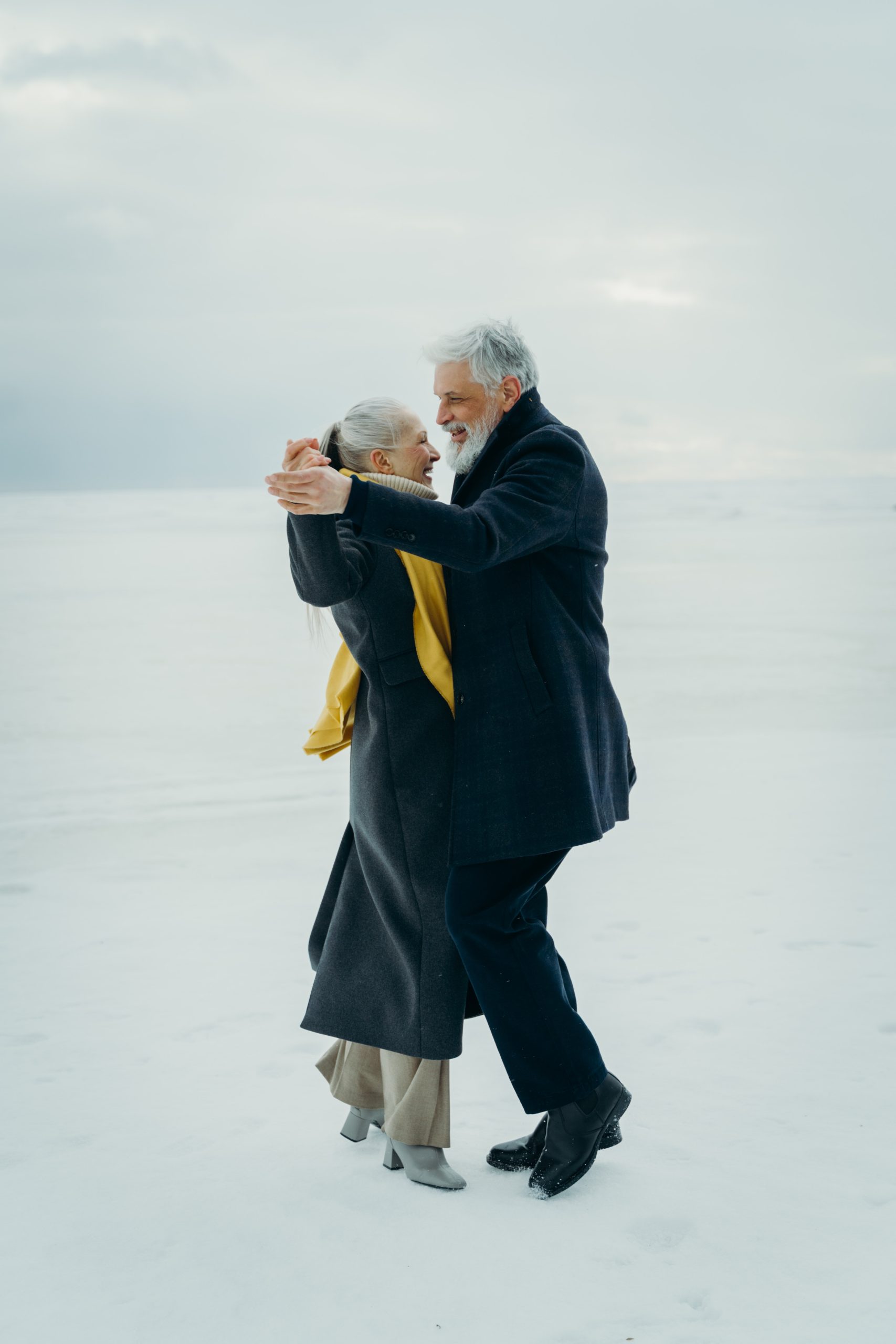Understanding the Risks: Common Causes of Falls and How to Prevent Them

The image is not directly related to the article. It merely symbolizes the life of elderly people.
Question 1: What are the common causes of falls?
Question 2: How can falls be prevented?
There are several measures that can be taken to prevent falls. These include:
- Keeping the living environment well-lit and free from clutter.
- Securing rugs and carpets to prevent tripping.
- Installing handrails and grab bars in bathrooms and stairways.
- Using non-slip mats in the bathroom and shower.
- Wearing appropriate footwear with good traction.
- Regular exercise to improve strength and balance.
- Reviewing medications with a healthcare professional to identify potential side effects.
- Scheduling regular eye exams to ensure optimal vision.
Taking these preventive measures can significantly reduce the risk of falls.
Question 3: Who is at a higher risk of falling?
While anyone can experience a fall, certain individuals are at a higher risk. This includes older adults, individuals with muscle weakness or balance problems, those with a history of falls, people with chronic health conditions like osteoporosis or diabetes, and individuals taking medications that affect balance or cognition. It is important for these individuals to take extra precautions to prevent falls.
Question 4: What should I do if I witness a fall?
If you witness someone falling, it is important to stay calm and take immediate action. Here are some steps to follow:
- Check if the person is responsive and breathing.
- If the person is unconscious or having difficulty breathing, call emergency services.
- If the person is conscious and able to communicate, offer assistance and help them to a safe position.
- Do not attempt to move the person if they are in pain or unable to move.
- Encourage the person to seek medical attention, even if they initially appear unharmed.
- Inform a healthcare professional or family member about the fall, especially if the person is at a higher risk of injury.
Remember, prompt action can make a difference in the outcome after a fall.
This article aims to provide an understanding of the risks associated with falls and offers guidance on how to prevent them. Falls can occur due to various causes, including environmental hazards and personal factors. By implementing preventive measures and being aware of potential risks, individuals can significantly reduce the likelihood of falling and the resulting injuries.
Question 1: What are the common causes of falls?
Answer: Falls can be caused by various factors, including slippery surfaces, uneven flooring, poor lighting, cluttered pathways, and obstacles in the way. Other causes may include muscle weakness, poor balance, vision problems, certain medications, and chronic health conditions.
Question 2: How can falls be prevented?
Answer: There are several measures that can be taken to prevent falls. These include keeping the living environment well-lit and free from clutter, securing rugs and carpets to prevent tripping, installing handrails and grab bars in bathrooms and stairways, using non-slip mats in the bathroom and shower, wearing appropriate footwear with good traction, regular exercise to improve strength and balance, reviewing medications with a healthcare professional to identify potential side effects, and scheduling regular eye exams to ensure optimal vision. Taking these preventive measures can significantly reduce the risk of falls.
Question 3: Who is at a higher risk of falling?
Answer: While anyone can experience a fall, certain individuals are at a higher risk. This includes older adults, individuals with muscle weakness or balance problems, those with a history of falls, people with chronic health conditions like osteoporosis or diabetes, and individuals taking medications that affect balance or cognition. It is important for these individuals to take extra precautions to prevent falls.
Question 4: What should I do if I witness a fall?
Answer: If you witness someone falling, it is important to stay calm and take immediate action. Check if the person is responsive and breathing. If the person is unconscious or having difficulty breathing, call emergency services. If the person is conscious and able to communicate, offer assistance and help them to a safe position. Do not attempt to move the person if they are in pain or unable to move. Encourage the person to seek medical attention, even if they initially appear unharmed. Inform a healthcare professional or family member about the fall, especially if the person is at a higher risk of injury. Remember, prompt action can make a difference in the outcome after a fall.
By understanding the common causes of falls and implementing preventive measures, individuals can mitigate the risks and maintain their safety. It is important to create a safe environment, take care of personal health, and be aware of potential hazards to prevent falls and their associated injuries.
The image is not directly related to the article. It merely symbolizes the life of elderly people. Question 1: What are the common causes of falls? Falls can be caused by various factors, including slippery surfaces, uneven flooring, poor lighting, cluttered pathways, and obstacles in the way. Other causes may include muscle weakness, poor balance,…
Recent Posts
- Empowering Caregivers: The Best Online and Offline Resources to Enhance Your Skills
- Traveling with a Purpose: The Rise of Volunteer Vacations
- Breaking Stigma: Dispelling Myths about Mobility Aids and Disability
- Avoiding Probate: How Trusts Can Simplify the Estate Settlement Process
- Senior Citizens Beware: Common Financial Scams and How to Stay Protected

